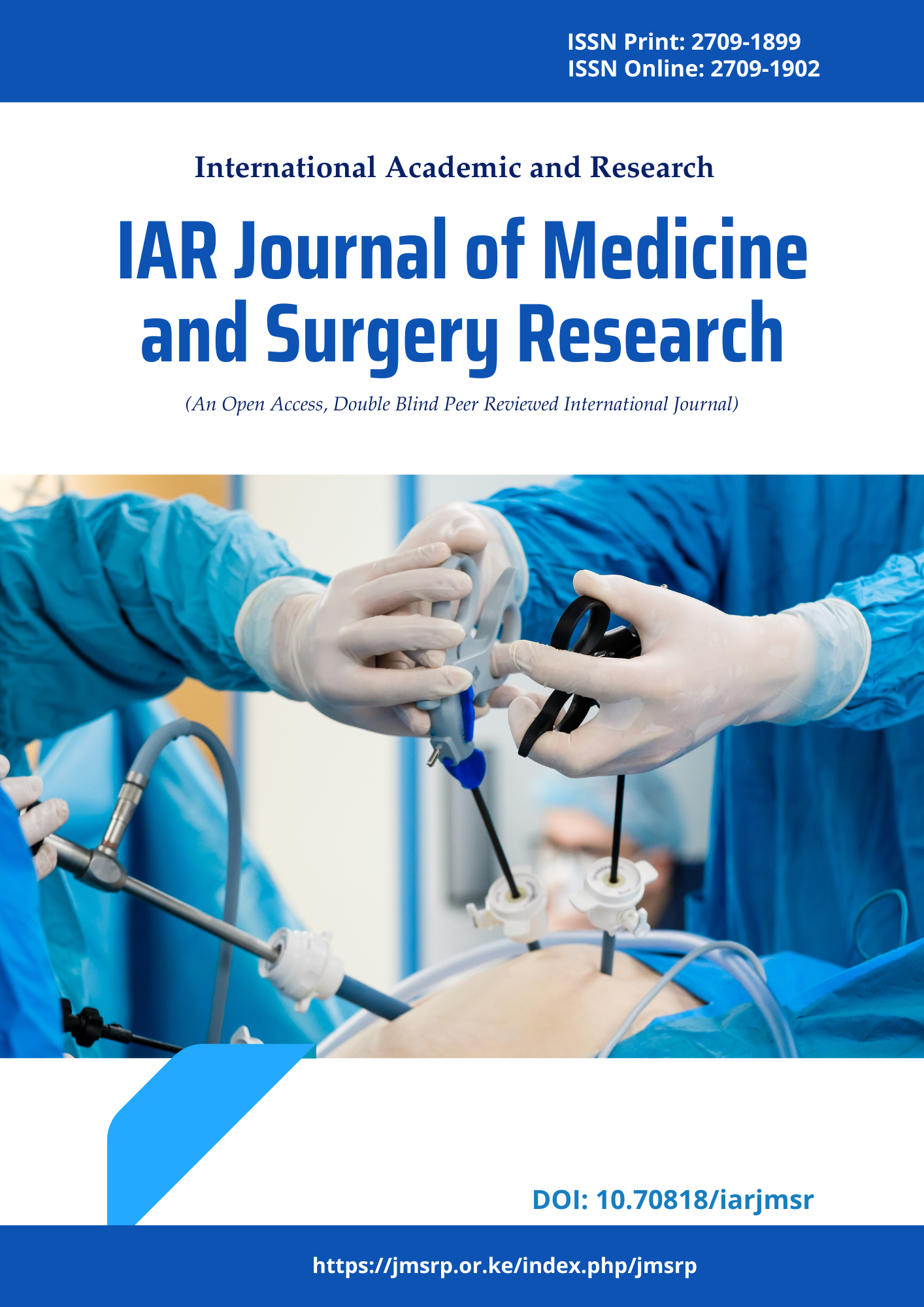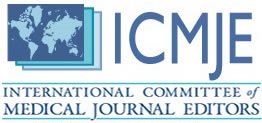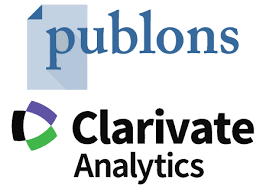Clinicopathological Profiles of Anemia in Children of 6 Months to 17Years Age
DOI:
https://doi.org/10.47310/iarjmsr.2022.V03i06.03Keywords:
Complete hemogram; Iron deficiency anaemia; ThalassemiaAbstract
Introduction: Anaemia is defined as a decreased concentration of hemoglobin and RBC mass as compared to the values in age-matched controls. Anaemia in children is one of the major social health problems in India and in many parts of the world, since anemic children have reduced exercise capacity, slower rate of growth, impaired cognitive development, and delayed wound healing. The aim of this study was to find the prevalence of anemia in different age group, sex, and its pattern of severity in hospitalized children. Materials and Methods: This are a Retrospective Study conducted in the Department of Pediatrics, Apollo Institute of Medical Sciences and Research among Children with Anemia and those Admitted with other Complaints but Incidentally have Found to have Anemia. During physical examination following signs and symptoms were noted: Pallor, edema, clubbing, skin (dryness, rashes, irritation), abnormal pigmentation, coarse hair, puffiness of face, thinning of eyebrows, nail defects, ulceration, abnormalities in genitalia, hand and feet abnormalities, nose, eyes, cranium, ear and face. Grading of anemia among different age groups was done using WHO Hemoglobin concentrations for the diagnosis of anemia and assessment of severity criteria. Microscopic evaluation of blood was also done to obtain the microscopic picture. Result: In our study, According to WHO criteria for diagnosis and assessment of severity of anemia, a total of 90 children were graded as having mild anemia 40 (44.4%), followed by 35 (38.9%) were graded as having severe anemia and remaining moderate anemia 15 (16.7%). Microcytic hypochromic picture in 56%, Normocytic hypochromic anaemia 18.8%, normocytic normochromic in 12.2%, Dimorphic anaemia 7.7% and macrocytic in 4.4% cases. Conclusion: Paediatric anaemias are very common since children are the most vulnerable population for occurrence of these anaemias. This necessitates prompt screening and early diagnosis through investigations by utilization of available advanced technical modalities in order to initiate timely treatment and appropriate management.
















